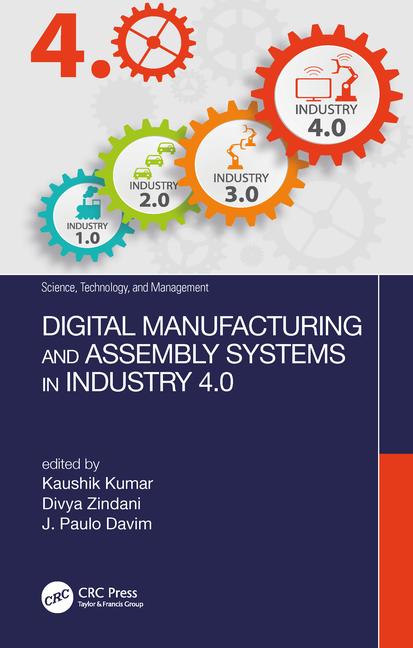At the company’s 50,000-square-foot facility, various extrusion, fabrication and finishing operations are performed. Silver City workers transform raw aluminum into thousands of tooled profiles. They also perform several secondary CNC milling, punching and multistation operations.
Silver City uses a straightforward extrusion process that is low cost and offers short tooling times. Large rolls of aluminum, called billets, are fed into an extrusion machine, pressed into a die and heated for about a minute.
After this, a knife drops down, guillotine-style, to shave off 3 to 4 inches of excess aluminum. What is supposed to emerge from the process is a slat, blind or other-shaped aluminum product.
Unfortunately, the photoelectric sensor system Silver City was using to determine whether a completely clean cut had been made wasn’t performing well. This is because the sensors weren’t able to map the entire surface of the billet.
As a result, a billet would sometimes not fall off after it was cut and excess aluminum would remain. During operations, this aluminum would hit and destroy the die, which costs about $10,000 to replace. Or it would cause the machine to shut down, leading to expensive production losses.
To eliminate this problem, Silver City’s maintenance manager Larry Johnson met with their automation supplier CPU Automation. The supplier recommended, specified and installed a dual-camera inspection system using tiny BOA smart cameras from Teledyne DALSA.
The first camera takes images of the billet and makes sure it is properly loaded into the extruder. The second camera takes images of the knife when it drops to cut the billet and when it returns to its original position.
If the images from the second camera indicate that excess aluminum has been sheared off, the hydraulic press and plunger resume operations. If the images show the billet was not cut properly, the camera sends a message to an Allen-Bradley PLC, which, in turn, stops the machine and activates an alarm. Human intervention is then required.
INspect software is built directly into the cameras, enabling Johnson to program the smart cameras from his PC via a web interface. This software contains an extensive library of tools, although Silver City prefers to use a simple pattern-matching technique.
“We look at a clean cut and teach the system to run that specific pattern,” says Johnson. “The image gets a score of 100 percent if it’s an exact match to the original template. Any big fluctuations that occur—say, down to 20 percent—cause the smart cameras to alert the PLC to a failure. Programming and reprogramming is done from my desktop.”
The system has been up and running for more than a year, and Silver City has not lost a dollar due to damaged dies or machine downtime. Johnson says the cameras have been 100 percent reliable.
For more information on smart cameras, call 978-670-2000 or visit www.teledynedalsa.com.








